Adams, Robert. 2002. “Chrotogale owstoni: Owston’s palm civet (On-line).” Animal Diversity Web. University of Michigan Museum of Zoology. Retrieved July 27, 2014.
- Available at: http://animaldiversity.ummz.umich.edu/accounts/Chrotogale_owstoni/
Arnold, Michael L. 2008. Reticulate Evolution and Humans: Origins and Ecology. Oxford University Press.
Bell, D.; Roberton, S.; and Hunter, P. R. 2004. "Animal Origins of SARS Coronavirus: Possible Links with the International Trade in Small Carnivores." Philosophical Transactions of the Royal Society of London, Series B, Biological Sciences 359:1107-1114.
Bisby, F.A.; Roskov, Y.R.; Orrell, T.M.; Nicolson, D.; Paglinawan, L.E.; Bailly, N.; Kirk, P.M.; Bourgoin, T.; Baillargeon, G.; and Ouvrard, D. (red.). 2011. "Chrotogale owstoni Thomas, 1912." Species 2000 & ITIS Catalogue of Life: 2011 Annual Checklist. Reading, UK. Retrieved July 27, 2014.
- Available at: http://www.itis.gov/servlet/SingleRpt/SingleRpt?search_topic=TSN&search_value=621976&search_kingdom=every&search_span=exactly_for&categories=All&source=html&search_credRating=All
Boelens, Bo; Watkins, Michael; and Grayson, Michael. 2009. The Eponym Dictionary of Mammals. Johns Hopkins University.
Boudet, Ch. 10 January 2009. "Species Sheet: Owston’s Banded Palm Civet, Owston’s Civet, Owston’s Palm Civet." Mammals' Planet: Vs n°4, 04/2010. Retrieved July 27, 2014.
- Available at: http://www.planet-mammiferes.org/drupal/en/node/38?indice=Chrotogale+owstoni
Cassell's Universal Portrait Gallery: A Collection of Portraits of Celebrities, English and Foreign. With Facsimile Autographs. 1895. London, Paris & Melbourne: Cassell and Company, Limited.
- Available via Internet Archive at: https://archive.org/details/cassellsuniversa00londiala
"Chrotogale owstoni (Owston's Civet)." ZipcodeZoo: Species Identifier 3132. Retrieved July 27, 2014.
- Available at: http://zipcodezoo.com/animals/c/chrotogale_owstoni/
“Chrotogale owstoni Thomas, 1912.” The Marine Biological Universal Biological Indexer and Organizer. Retrieved July 27, 2014.
- Available at: http://www.ubio.org/browser/details.php?namebankID=105772
Corbet, G.B.; and Hill, J.E. 1992. Mammals of the Indo-Malayan Region: A Systematic Review. Oxford, U.K.: Oxford University Press.
Dat stamp Tem Sống. 5 June 2011. “Cầy vằn Bắc.” Diễn đàn Viet Stamp. Retrieved July 27, 2014.
- Available at: http://www.vietstamp.net/forum/showthread.php?t=10218
Driver, Stephanie (ed.). 2008. Exploring Mammals, Volume 3. Tarrytown, NY: Marshall Cavendish Corporation.
Duff, Andrew; and Lawson, Ann. 2004. Mammals of the World: A Checklist. Yale University Press.
Ewer, R.F. 1998. The Carnivores. Cornell University Press: Cornell Paperbacks.
Gaubert, P.; and Cordeiro-Estrela, P. 2006. “Phylogenetic Systematics and Tempo of Evolution of the Viverrinae (Mammalia, Carnivora, viverridae) within Feliformians: Implications for Faunal Exchanges between Asia and Africa.” Molecular Phylogenetics and Evolution 41:266-278.
Gervais, Paul. 1855. Histoire naturelle des Mammifères: Carnivores, Proboscidiens, Jumentés, Bisulques, Édentés, Marsupiaux, Monotrèmes, Phoques, Sirénides et Cétacés. Paris: L. Curmer.
Gittleman, John L.; Funk, Stephan M.; Macdonald, David; and Wayne, Robert K. (eds.). 2001. Carnivore Conservation. Cambridge University Press: Conservation Biology 5.
Hayssen, Virginia; Van Tienhoven, Ari; and Van Tienoven, Ans. Asdell’s Patterns of Mammalian Reproduction: A Compendium of Species-Specific Data. Cornell University, 1993.
Hunter, Luke; and Barrett, Priscilla. 2011. A Field Guide to the Carnivores of the World. London, Cape Town, Sydney, Auckland: New Holland Publishers (UK) Ltd.
Jennings, A. P.; and Veron, J. 2009. "Family Viverridae (Civets, Genets, and Oyans)." In: Don E. Wilson and Russel Mittermeier (Hrsg.) Handbook of the Mammals of the World Volume 1: Carnivores. Lynx Edicions.
Kondo, H.; Tesar, J.; Cloud, D.; Kagan, L. (eds.). 1972. Civets, Genets, and Linsangs, Volume 2, 3rd Edition. Milan: Fratelli Fabbri Editori.
"Lanthanoids (lanthanides)." Science Made Alive > Chemistry > Elements. Wilco Oelen. Web. woelen.homescience.net
- Available at: http://woelen.homescience.net/science/chem/elem/elements/Ln/index.html
Larivière, Serge. 2004. "Owston's Palm Civet Chrotogale owstoni Spanish: Hemigalo de Owston." P. 344 in Grzimek's Animal Life Encyclopedia, Second Edition. Volume 14: Mammals III, edited by Michael Hutchins, Devra G. Kleiman, Valerius Geist, and Melissa C. McDade. Farmington Hills, MI: Gale Group, Inc., division of Thomson Learning Inc.
Mathai, J. 2010. “Hose’s Civet: Borneo’s Mysterious Carnivore.” Night Watch 18(4):2-8.
Newquay Zoo. 24 July 2009. “What’s an Owston’s Civet?” ZooBorns. Retrieved July 27, 2014.
- Available at: http://www.zooborns.com/zooborns/2009/07/whats-an-owstons-civet.html
Nowak, Ronald M. 1999. Walker's Mammals of the World, Sixth Edition. Volume I. Baltimore: Johns Hopkins University Press.
Osgood, Wilfred H. 1932. Mammals of the Kelley-Roosevelts and Delacour Asiatic Expeditions. Field Museum of Natural History Zoological Series, Publication 312, Vol. XVIII, No. 10. Chicago IL: Field Museum Press.
- Available via Internet Archive at: https://archive.org/details/mammalsofkelleyr1810osgo
“Owston’s Civet (Chrotogale owstoni).” ARKive: Species > Mammals. Retrieved July 27, 2014.
- Available at: http://www.arkive.org/owstons-civet/chrotogale-owstoni/
“Owston’s Civet, Owston’s Palm Civet.” World Association of Zoos and Aquariums: Visit the Zoo > Small Carnivores. Retrieved July 27, 2014.
- Available at: http://www.waza.org/en/zoo/visit-the-zoo/small-carnivores-1254385523/chrotogale-owstoni
“Owston’s Palm Civet.” The Animal Files: Mammals > Carnivores. Retrieved July 15, 2014.
- Available at: http://www.theanimalfiles.com/mammals/carnivores/civet_owstons_palm.html
“Owston’s Palm Civet Pictures and Facts.” The Website of Everything: Animals > Mammals > Carnivora > Viverridae > Hemigalinae > Chrotogale. Retrieved July 27, 2014.
- Available at: http://thewebsiteofeverything.com/animals/mammals/Carnivora/Viverridae/Chrotogale/Chrotogale-owstoni.html
Roberton, S.; Timmins, R.J.; Long, B.; Wang Ying-Xiang; and Tran Quang Phuong. 2008. "Chrotogale owstoni." In: IUCN 2008. International Union for Conservation of Nature and Natural Resources Red List of Threatened Species. Retrieved July 27, 2014.
- Available at: http://www.iucnredlist.org/details/full/4806/0
Rozhnov, V.V.; Kuznetzov, G.V.; and Anh, P.T. 1992. “New Distributional Information on Owston’s Palm Civet.” Small Carnivore Conservation 6:7.
Schreiber, A.; Wirth, R.; Riffel, M.; and Van Rompaey, H. 1989. Weasels, Civets, Mongooses, and Their Relatives. An Action Plan for the Conservation of Mustelids and Viverrids. Gland, Switzerland: IUCN.
Shuker, Dr. Karl. 18 October 2011. “A Century of Owston’s Banded Civet.” ShukerNature. Retrieved July 27, 2014.
- Available at: http://karlshuker.blogspot.com/2011/10/century-of-owstons-banded-civet.html
“Thomas, Oldfield.” Who’s Who 1907: An Annual Biographical Dictionary, Fifty-ninth Year of Issue. London, England: Adam and Charles Black; and New York, NY: The Macmillan Company.
Thomas, Oldfield. 1912. “Two New Genera and a Species of Viverrine Carnivora.” Proceedings of the General Meetings for Scientific Business of the Zoological Society of London 105:498-503.
- Available via Biodiversity Heritage Library at: https://archive.org/details/proceedingsofzoo19121504zool
Veron, Geraldine. 2010. “Phylogeny of the Viverridae and ‘Viverrid-like’ Feliforms.” Pp. 64-90 in Carnivoran Evolution: New Views on Phylogeny, Form and Function edited by Anjali Goswami and Anthony Friscia. Cambridge University Press: Cambridge Studies in Morphology and Molecules.
Wilson, Don E.; and Cole, F. Russell. 2000. Common Names of Mammals of the World. Washington, D.C.: Smithsonian Institution Press.
Wilson, Don E.; and Reeder, DeeAnn M. (editors). 2005. Mammal Species of the World: A Taxonomic and Geographic Reference (3rd ed), Johns Hopkins University Press.
Wrobel, Murray (Editor). 2007. Elsevier's Dictionary of Mammals: Latin English German French Italian. Oxford, U.K.: Elsevier B.V.


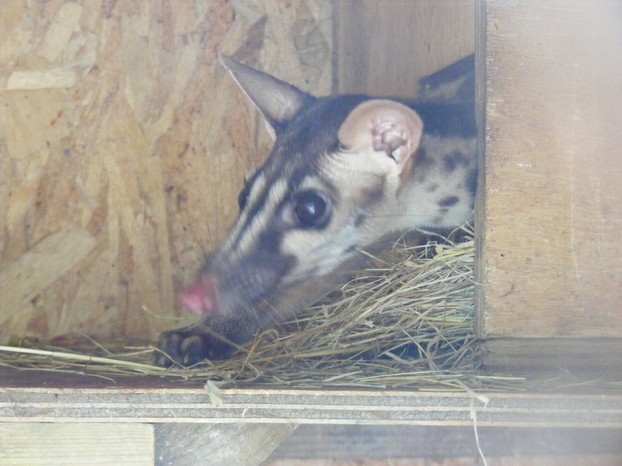
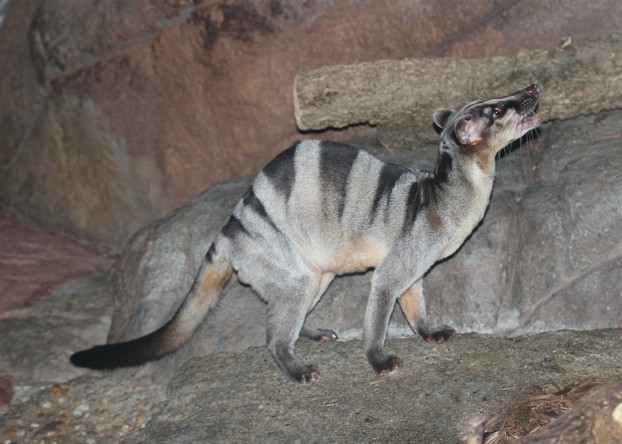
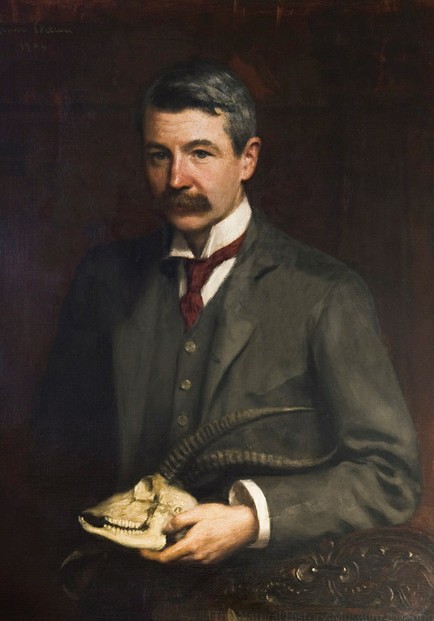
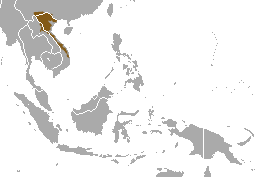
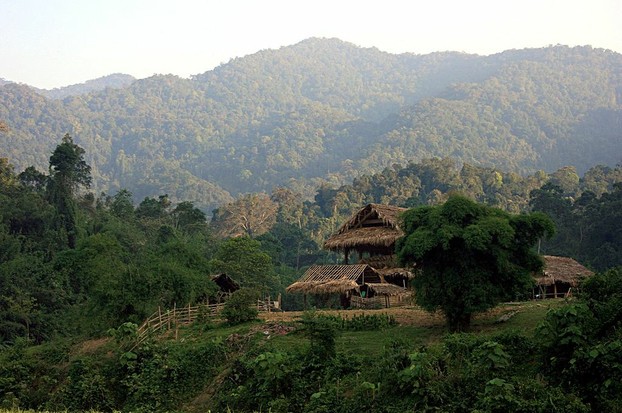
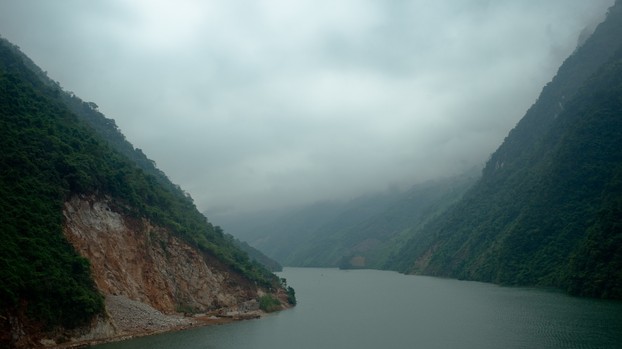
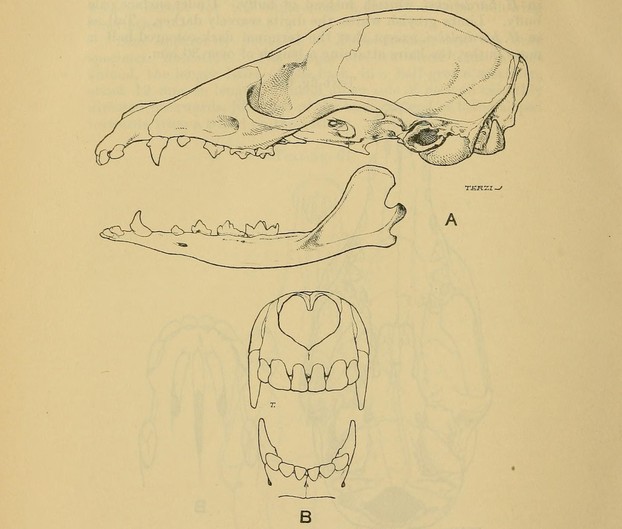
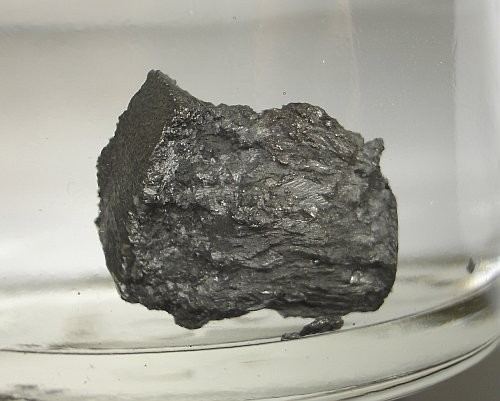
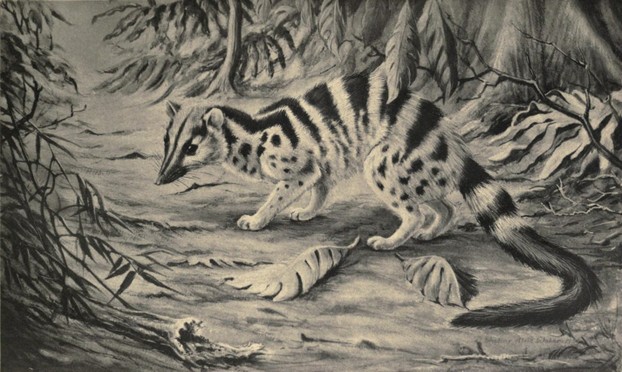
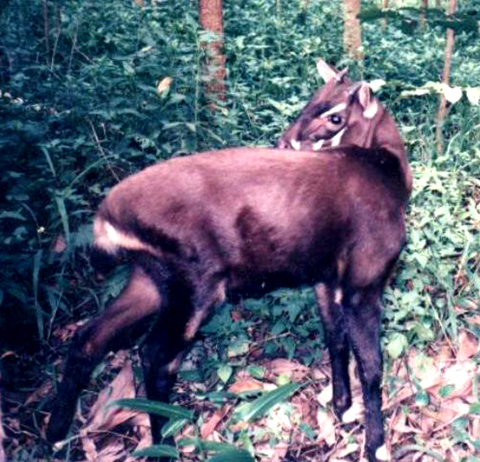
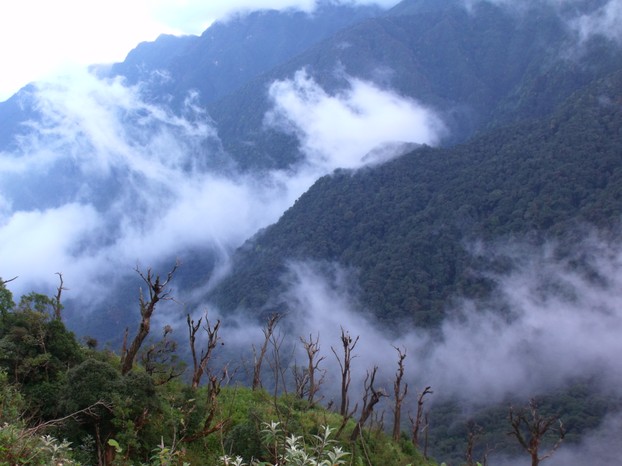






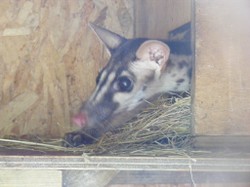

 Mailing Addresses for 2023 Form 4868 Extending 1040 and 1040SR April 15, 2024, Due Date9 days ago
Mailing Addresses for 2023 Form 4868 Extending 1040 and 1040SR April 15, 2024, Due Date9 days ago
 Mailing Addresses for 2023 Forms 1040 and 1040SR Filed in 202410 days ago
Mailing Addresses for 2023 Forms 1040 and 1040SR Filed in 202410 days ago
 Mailing Addresses for 2022 Form 4868 Extending 1040 and 1040SR April 18, 2023, Due Dateon 04/13/2023
Mailing Addresses for 2022 Form 4868 Extending 1040 and 1040SR April 18, 2023, Due Dateon 04/13/2023
 Mailing Addresses for 2022 Forms 1040 and 1040SR Filed in 2023on 04/13/2023
Mailing Addresses for 2022 Forms 1040 and 1040SR Filed in 2023on 04/13/2023

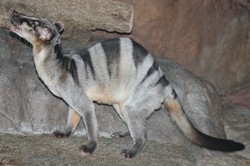
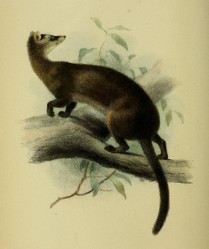
Comments
ologsinquito, Me, too, I agree that their range is scenic. I'm glad that you appreciated the photos -- I feel that seeing the landscapes in which species thrive increases understanding and rapport.
These cute little animals certainly have a scenic range. The photos you chose are beautiful.